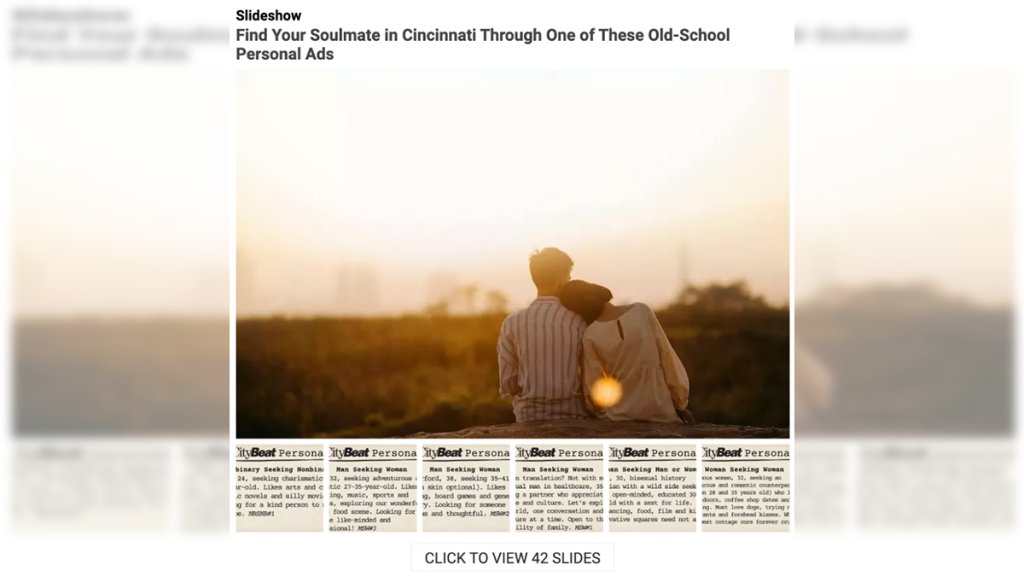
Cincinnati CityBeat published its personal ad submissions in a slideshow online and in a print paper.
Reviving personal ads
A conversation with Brent Stroud at Cincinnati CityBeat
Personal ads featuring missed connections, love letters and dating profiles were once a thing of the past, but newsrooms like Cincinnati CityBeat are bringing them back in digital form. The Cincinnati alt-weekly ran a personals section in the 90s called “CINgles,” which enjoyed success until it was retired. Recently, the team decided to revive an old tradition by making a call for personal ads to include in its Valentine’s Day issue, which it published in print (you can view the online issue here) and as a slideshow on its website.
The move to revive personals comes amid audiences’ frustrations with online dating apps and CityBeat’s desire to offer a fun and engaging service. We spoke with Brent Stroud, a freelance arts and culture writer at Cincinnati CityBeat, who worked on the Valentine’s project.
Novinger: Who did you look to for inspiration?
Stroud: I interviewed this local meetup company called Date Cincy, where these two childhood friends had started this company. Almost every event they’ve had has sold out, whether it’s 60 people or 800 people. People are just so burnt out on dating apps, and I think they are itching for alternative ways to meet people and find love.
Novinger: Can you say more about how you brought personals back at CityBeat and if the concept was similar to the traditional format?
Stroud: We tried to stay pretty true to the traditional way, kind of like a throwback, but we also saw it as a tool that our community could use. We introduced a history of personal ads, since Cincinnati used to have personals, and then we made a call for submissions.
People sent and responded to submissions at love@citybeat.com, an email we created specifically for this. And they might say something like, ‘I’m interested in woman-seeking-woman number 2,’ and that’s how the connections were made. We also asked, ‘Do you consent to us giving your email to this person?’ and only asked people to submit if they were 18 or older.
Novinger: What kind of content did you ask people to submit?
Stroud: We gave people parameters, so we limited responses to five lines of text. We also gave people examples. A lot of our readers are 18 to 25 and may not remember personal ads.
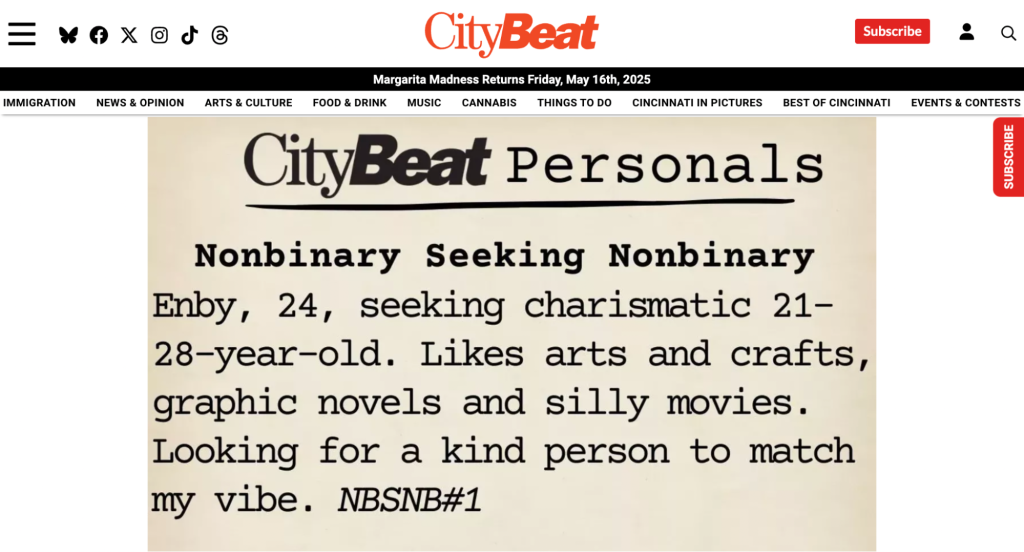
Novinger: How long did the overall process take, and how long were submissions open?
Stroud: Not too long. We started working on the Valentine’s project late last December, and it came out at the end of January. Submissions were open for about two weeks before it went to print.
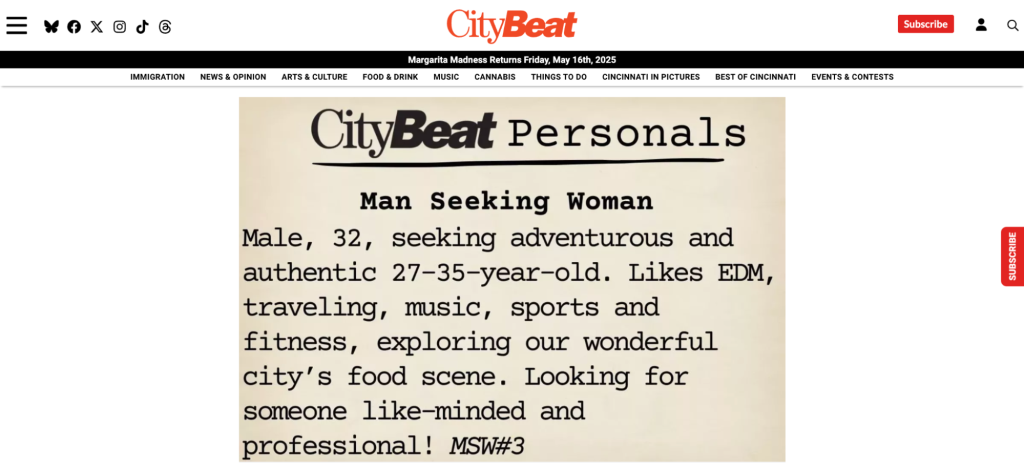
Novinger: What were your results?
Stroud: About 35 people submitted. Responses have been harder to count because some people are interested in multiple submissions.
Novinger: Did you see this project as a source for revenue?
Stroud: For me, it was something fun, and it was a super cool way to interact with readers. I was initially afraid that this would take up room from advertising. I had originally suggested that if we needed to, we could charge people a dollar or $5 to submit their personal ad to be printed in the paper and then, whoever responds to them could do so for free. But, like I said, it was free for us, and we just did it as a fun thing to interact with the public and the readers.
Novinger: What were some challenges or pleasant surprises you encountered during this project?
Stroud: The challenges were that I didn’t anticipate how we were going to connect the people entirely. But we found a way around it by creating an email for submissions. I think if we do that again, we’ll probably put a little more brain power into that.
But the pleasant surprises were that it was cool how receptive people were to it. We had comments on social media, and they had us on the news one morning and talked about it because it got this big response.
It kind of proved how much people may be turning away from apps, or how they’re maybe not as effective as they used to be.
Novinger: Do you plan to continue to expand your personals project at CityBeat?
Stroud: I don’t know if we’ll do it for every issue, but I think it’s something we’re thinking about bringing back as a regular thing. It’s something we’ll definitely do again next Valentine’s as a special. The idea of doing it weekly or bi-weekly would be great, because, like I said, it has gotten a great response. If we do it again next year, or if we do it in upcoming issues, we’ll probably develop a more complex system.
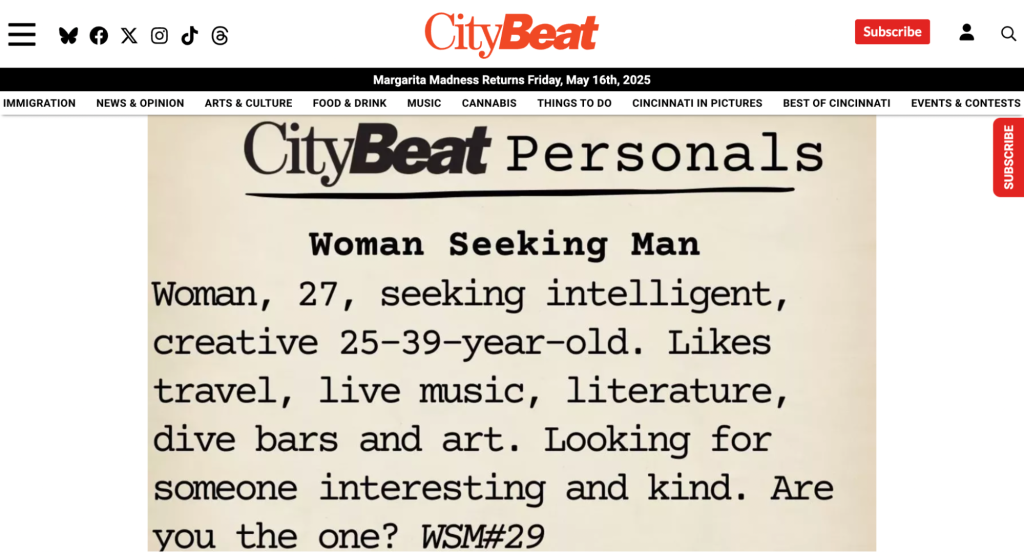
Novinger: What advice do you have for other newsrooms that want to do something similar?
Stroud: I would say reach out to people in your city who may be doing something along these lines and see what the dating world looks like in that area. Then, see if there’s a need or a want for an alternative to dating apps or meeting people in bars.
It’s just nice to keep an open mind. As much as dating apps and other digital things can work, why not have the old way of doing something and the new way of doing something? Different technologies can work together to create a personal.
Editor’s Note: This interview has been edited for clarity and brevity.
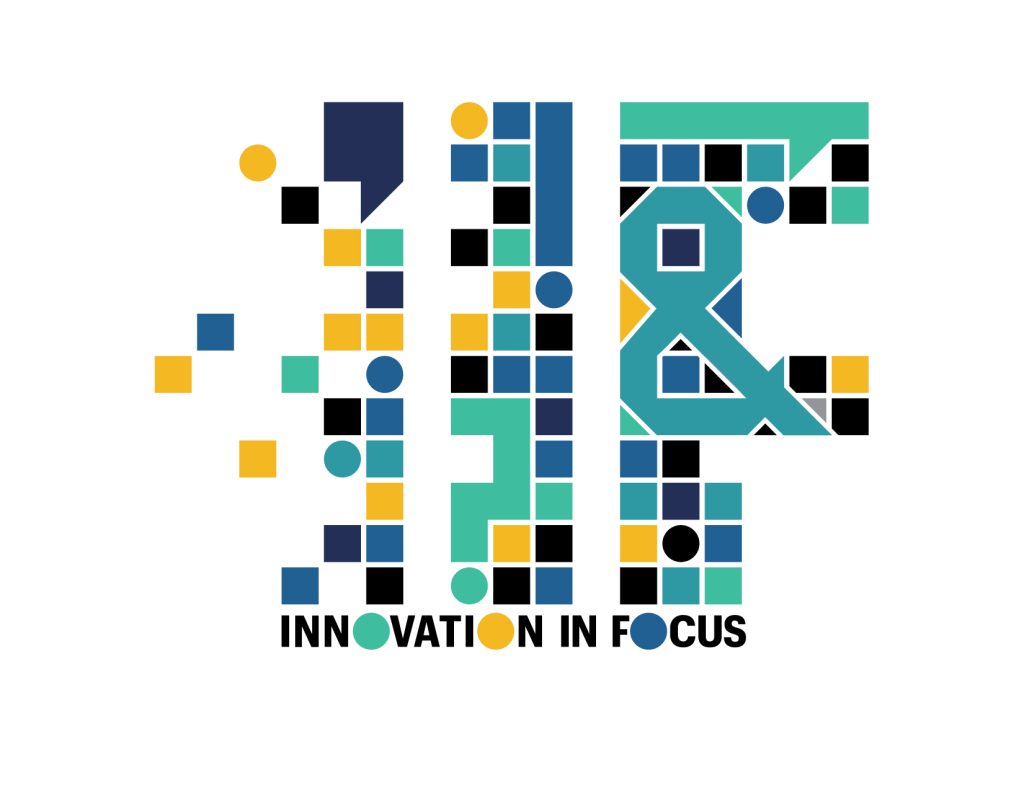
Cite this article
Novinger, Audrey (2025, June 16). Reviving personal ads. Reynolds Journalism Institute. Retrieved from: https://rjionline.org/news/reviving-personal-ads/

